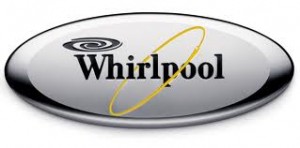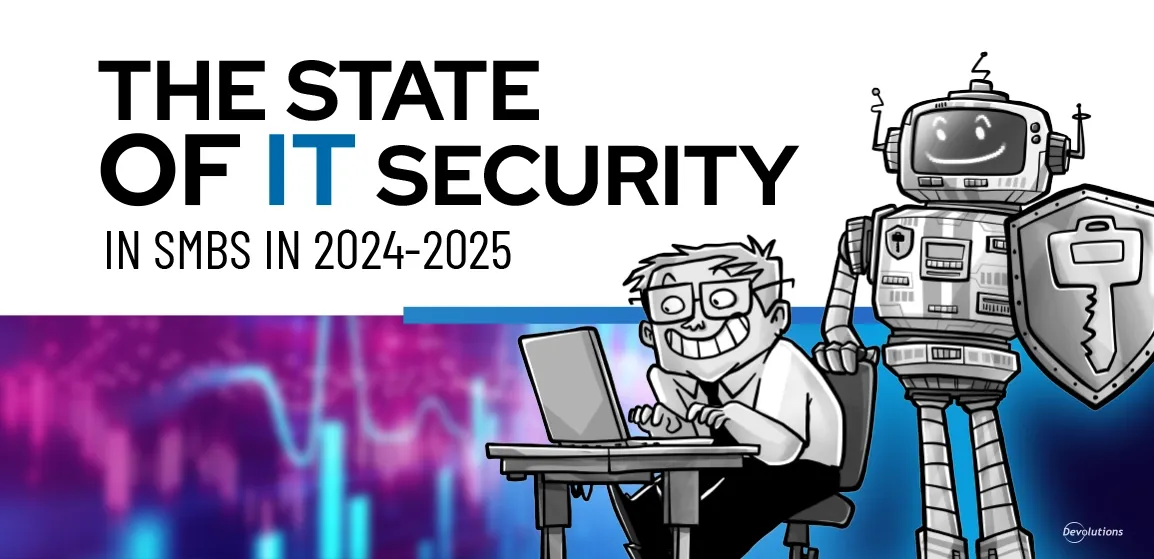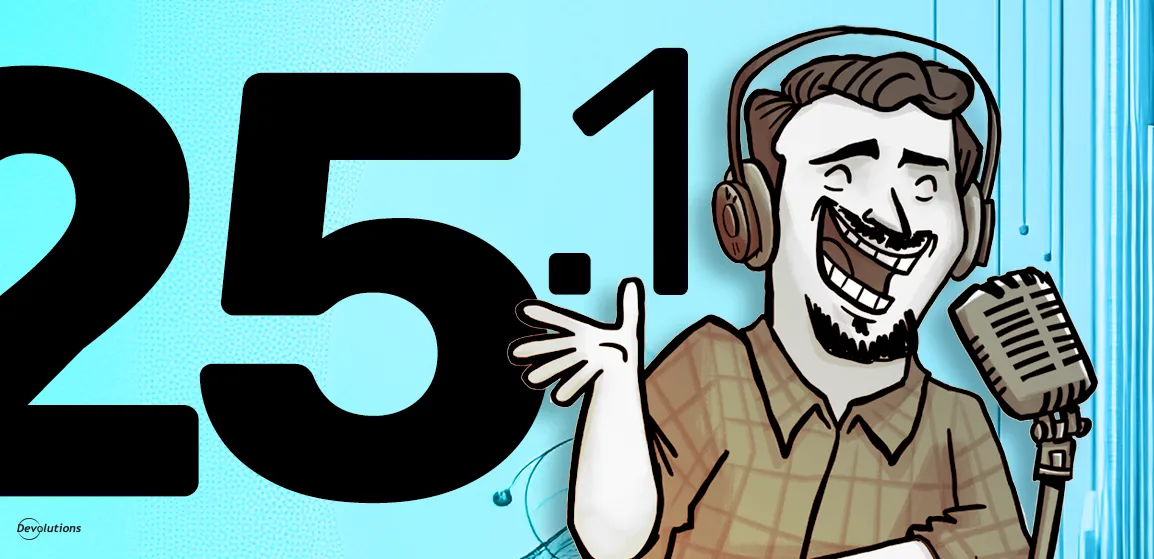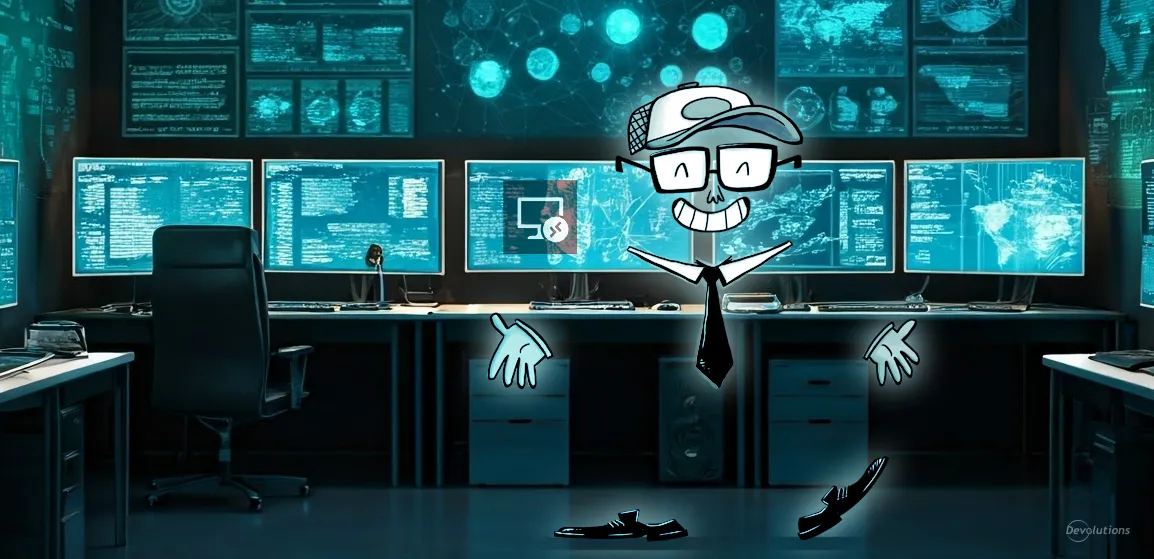Hi everyone!
In the IT and software development world, innovation is a key part of success. We all know how quickly new technologies are introduced and adopted, and in order to stay ahead of the curve, companies need to create value for customers via innovation all the time.
If you’ve been following us for the few years, you know that we launch new versions and features about every 4-6 weeks. For example, we’ve just released Remote Desktop Manager 9.0 Beta, and the official version will be available in the fall.
Everyone at Devolutions takes part in developing Remote Desktop Manager. We work with huge whiteboards, which we use like worksheet, to help us see where we’re headed product-wise. What’s more, nobody here has a traditional office, and the new space that we’ll be moving into at the end of the month won’t have them, either. Why? Because we truly believe that to be innovative and creative, we need to keep communication channels open all the time. This helps us brainstorm ideas, develop plans, test new versions and features, and finally add it to our suite of solutions ONLY if it meets the RDM community’s high standards.
Speaking of which, the RDM community has fuelled our innovation pipeline since day one. Our forum is a perfect example of how IT pros from around the globe bring value to Remote Desktop Manager by requesting new features, and by working with us on Beta versions (i.e. reporting bug fixes, sending in feedback, etc.).
As I reflected on how vital and valuable Devolutions’ workplace culture is to who we are, what we do, and whether or not we succeed, I started looking into other companies to see how they created or re-aligned their company’s culture to become truly innovative. So, courtesy of MIT’s Sloan Management Review Magazine*, here’s a look at four workplace cultures. Although not all of these are IT organizations, I think they all have something insightful to offer:
IDEO (a global design consultancy company)
IDEO’s culture links produ
- Encourage wild ideas
- Defer judgement
- Build on the ideas of others
- Stay focused
This playful yet business-like approach has contributed to many new successful products that combine both form and function.
W.L. Gore (a chemical products company)
** 
Whirlpool (a well-known appliance maker)
**
Rite-Solutions (a systems and software development company)
Now THIS is cool: at Rite-S
Comment from Brian Gladstein, CEO @ Explorics
We’ve been working with Brian for over a year now. We met him during an entrepreneurship program given by the MIT and he has been our coach and mentor since then. Brian is the CEO of Explorics, a strategic consulting firm specializing in customer intelligence and go-to-market strategy. I asked Brian his opinion on innovation in software companies according to his experience with his customers.
 |
|---|
Brian Gladstein, CEO Explorics |
“An innovative idea is almost always a prerequisite for a software startup company. But there is a huge difference between having an innovative product and having an innovative culture. Innovation doesn’t stop with the development team. Being successful as a startup requires innovative thinking in every discipline - sales, marketing, customer support, human resources, even executive management. Get your entire team thinking beyond the product. Tap into that creative energy and figure out new and interesting ways to reach customers, price your product, spread your message, build loyal fans, and conduct your back-office business operations. Looking at some of the most powerful companies around today -- Google, Amazon, Microsoft -- you’ll find that it was innovative business models, more than innovative technology, that propelled them to greatness.”
Innovation in Your Workplace
How is innovation approached in your workplace? What’s working – and what isn’t? Please share your ideas and advice in the comments below. Thanks!




